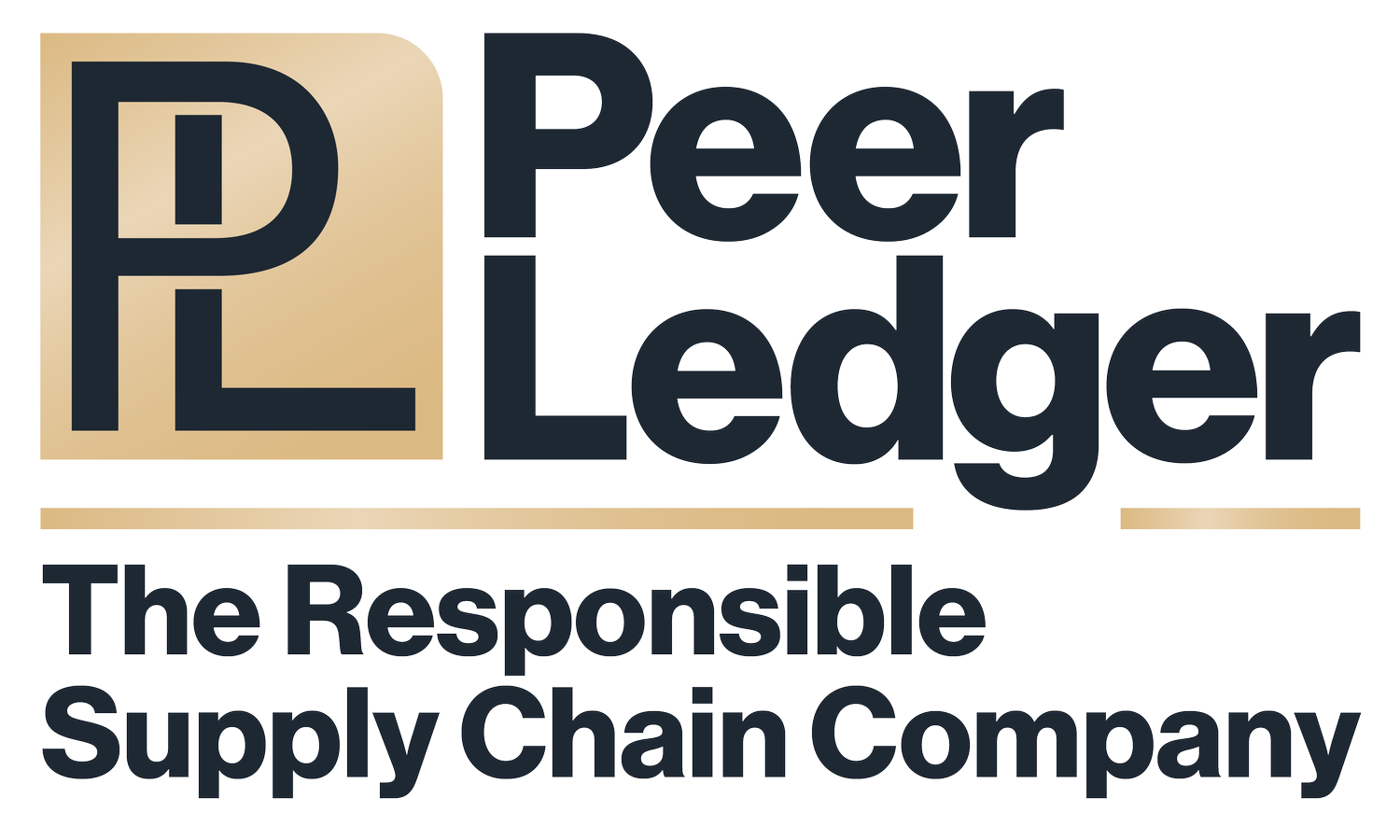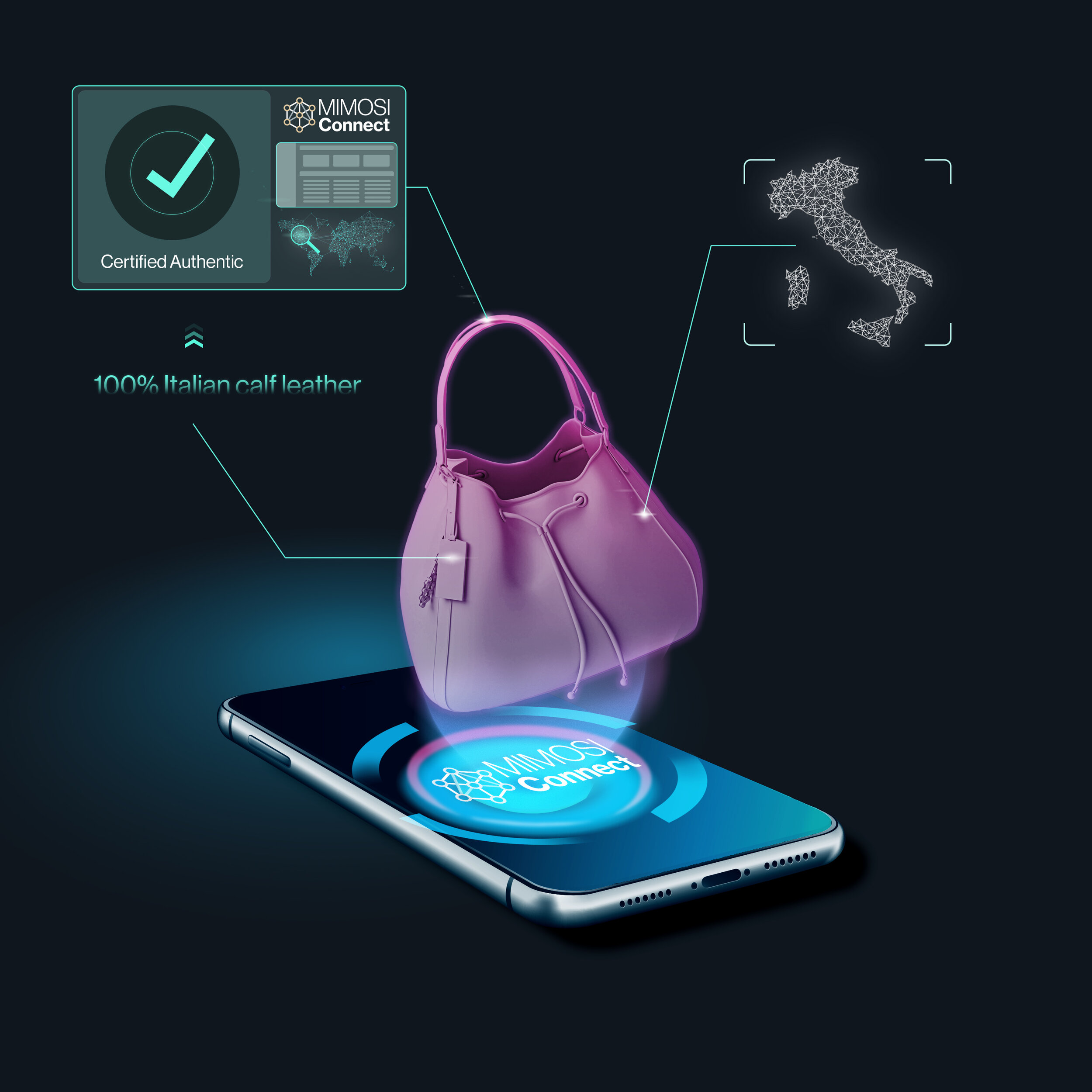Will Blockchain Revolutionize the ‘Pre-Owned’ Luxury Market?
“In 2020, the personal luxury goods second-hand market worldwide was valued at 28 billion euros”
Historically, luxury goods were handcrafted in small batches within a specific geographic region. The fine craftsmanship, combined with real or perceived rarity of the items dictated high price tags. Persons desirous of owning luxury items, but who are unable to afford them at full price, typically turn to the second hand market. According to Statista, “In 2020, the personal luxury goods second-hand market worldwide was valued at 28 billion euros.”
One of the biggest risks in buying pre-owned or second hand luxury goods is determining whether items are counterfeit. When buying direct from the brand, customers know the goods are genuine. However, most luxury brands do not offer second hand sales; these are typically handled by third parties who have no affiliation with the brands. Customers must rely on the integrity of the seller and the validity of any certificates or receipts that accompany second hand goods. Unfortunately, counterfeit production has become so advanced that in some instances it is nearly impossible to discern a real from a fake.
Counterfeiting costs luxury brands billions of dollars each year. LVMH, Louis Vuittion’s parent company, “employs at least 60 lawyers and spends $17 million annually on anti-counterfeiting legal action.” Once luxury brands began outsourcing manufacturing to factories across Asia, counterfeiting increased dramatically. This is because brands had less control over their supply chain and factories were producing additional goods for sale on the grey market.
“It is estimated that between 85% and 95% of all counterfeit goods still come from China.”
A proposed solution is using blockchain technology to track and authenticate every step of the process. From certifying the origin of the leather, to tracking which artisans produced each component, to reporting on waste and environmental footprint - blockchain traceability gives control back to the brands. This transparency is significant for the second hand market too. Resellers would be able to authenticate an item in seconds and customers would have proof they are purchasing genuine goods.
From a marketing perspective, this builds even stronger customer engagement with luxury brands. Instead of being told a generic story of how the goods are produced, the customer scans a QR code or RFID tag and sees the creation of their unique item.
MIMOSI Connect uses blockchain technology to track the origin and composition of goods. Our technology provides controls to reduce risks of fraud and theft in global supply chains. We make it possible for head offices to view factory production data and alerts in near real time. This level of transparency is good for everyone as it ensures the integrity of products and helps to keep the grey market in check. To request a software demo, click here.
References
1. Statista, Value of the personal luxury goods second-hand market worldwide from 2015 to 2020. Retrieved from https://www.statista.com/statistics/960606/value-of-the-personal-luxury-goods-second-hand-market-worldwide/
2. Fontana et al (2019), How Luxury Brands Can Beat Counterfeiters. Retrieved from https://hbr.org/2019/05/how-luxury-brands-can-beat-counterfeiters
3. Seufer et al (2020), Counterfeit luxury goods, World Trademark Review. Retrieved fromhttps://www.worldtrademarkreview.com/anti-counterfeiting/counterfeit-luxury-goods

